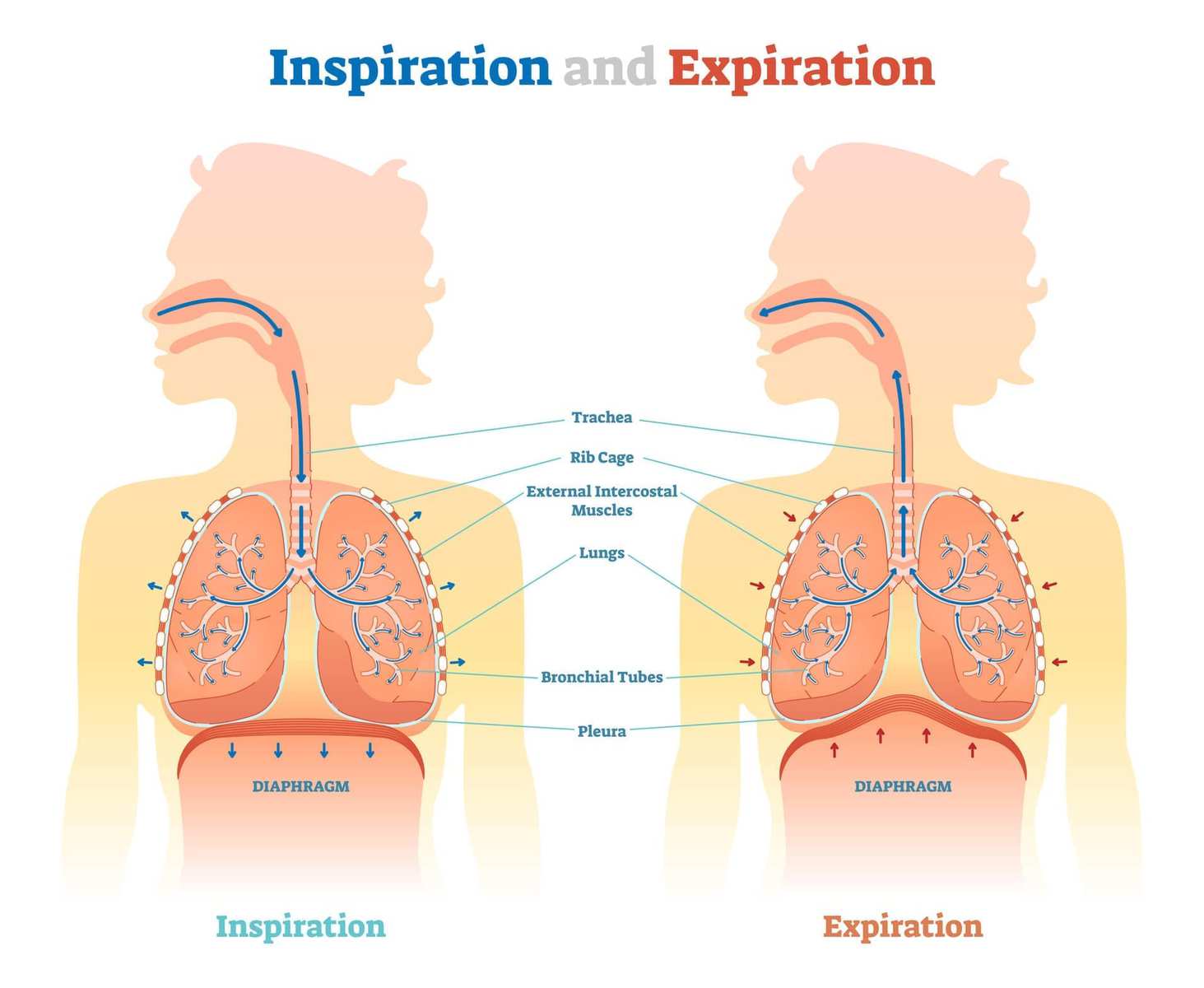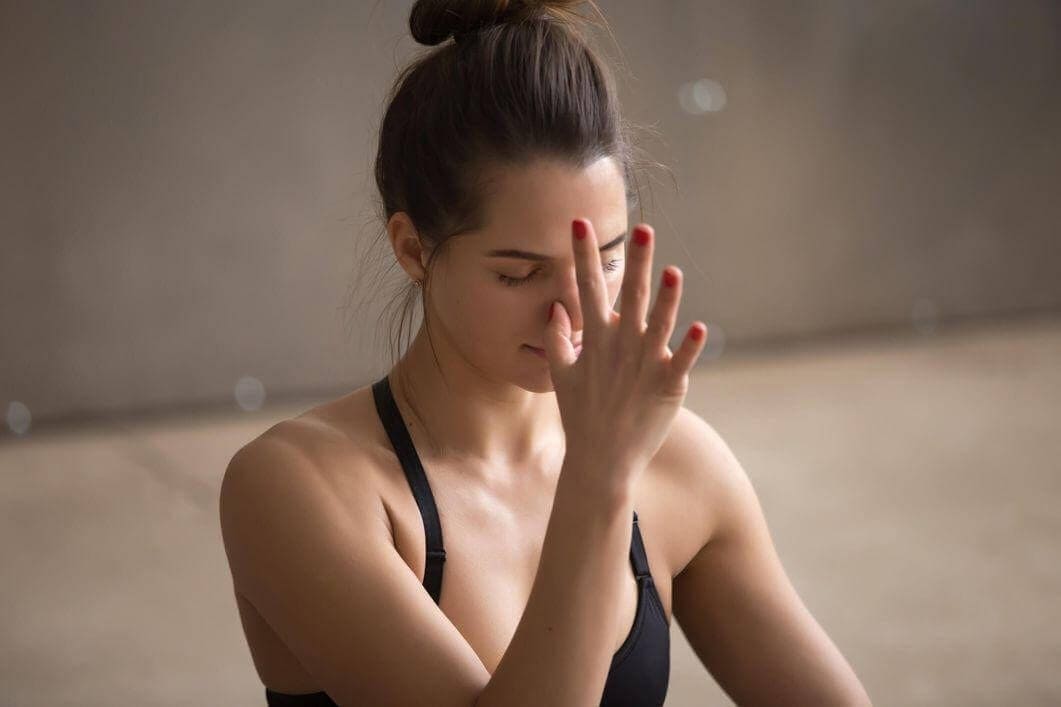At first, I never really put much thought into breathing. In fact, when someone pointed out that I might not be inhaling and exhaling properly I was a little dismissive. But that comment helped me start thinking about how I breathe. Interestingly, the ultimate realisation that my body had adapted to a shallow, quick style of breathing that matched my ‘go, go, go’ state of mind actually came as a bit of a surprise. This surprise quickly turned to concern when I realised that it was affecting other areas of my life.
If you’ve never given breathing a second thought, now might be the time. After all, if none ever taught us how to breathe and we learnt it on the fly (because if we didn’t we wouldn’t be here!), how do we know we’re doing it the right way?

“Breathe properly”
One way to start improving your life and working towards longevity is to ensure you are breathing properly. In fact, the benefits of breathing well are aplenty and critical to your overall health and wellbeing. Some of these pros include:
- reduced stress and anxiety
- increased energy levels
- better relationships and personal interactions
- improved mood
- increased stamina
- lowered blood pressure
- improved quality of life, health and fitness
- better sleep
- improved immune system and detoxifcation
So what exactly does it mean to breathe properly and how do you know you’re doing it right…or wrong? Well if you’re like me and someone has pointed out that you’re taking shallow, quick breaths, there’s a good chances your state of mind has contributed to this bad, learned habit. Other examples of not breathing properly include:
- holding your breath (some people overcompensate when they realise they’re holding their breath and deeply inhale/exhale!)
- breathing from your chest instead of using your diaphragm
- inhaling longer than you exhale (your exhalation should be slightly longer)
- breathing through your mouth
Other learned habits, aches or signs may also serve as indicators that you’re not inhaling and exhaling properly. For example, I often find myself clenching my fists or jaw. Some people slouch forward, yawn a lot or have been conditioned to suck their belly in to conform to societal norms. Others may notice that they carry a lot of tension in their chest, shoulders and neck.
This TEDx Talk by breathing expert Dr Belisa Vranich is a helpful go-to to understand the evolution of our poor breathing and how to breathe better.
Dr Vranich’s talk also demonstrates how we may be quick to blame a car accident or excessive computer usage for our aches and pains, when in reality our poor breathing habits are the culprits. While this is may well be true, if you have heavy breathing, shortness of breath or concerns around your breathing, please consult your GP.
8 breathing exercises for you
When I realised I had dysfunctional breathing, I took up meditation and yoga to help quiet my mind and focused on mindful breathing. Slowly (I won’t lie, it definitely didn’t happen over night!) but surely, I’ve been able to slow down, truly breathe, focus and improve my concentration and sleep cycle.
Here are some useful breathing techniques and exercises to help you on your journey to longevity and a happier and healthier present:
Diaphragmatic breathing beats stress
The diaphragm is a parachute-like sheet of muscle that separates our chest from our abdomen and is found at the base of the lungs. The diaphragm is the main respiratory muscle and plays a critical role in the breathing process. When you breathe in the diaphragm contracts (pulls downwards) thereby increasing the volume of your chest and allowing air to fill the lungs. Conversely, when you breathe out, the diaphragm relaxes (moves back upwards) thereby decreasing the volume of your chest and forcing air out.

Breathing from the diaphragm is important, especially if you have high stress levels, anxiety and related muscle tension. In fact, a recent study found that the practice had potential to improve cognitive functioning and reduce the negative impact associated with stress.
Diaphragmatic breathing involves taking slow, full, deep breaths with minimal movement of your chest. This is a calm style of breathing, which is controlled by the rhythmic contraction of the diaphragm.

Try this diaphragmatic breathing technique:
- Lie on your back on a flat surface or in bed, with your knees bent and your head supported. You can use a pillow under your knees to support your legs. Place one hand on your upper chest and the other just below your rib cage. This will allow you to feel your diaphragm move as you breathe
- Breathe in slowly through your nose so that your stomach moves out against your hand. The hand on your chest should remain as still as possible
- Tighten your stomach muscles, letting them fall inward as you exhale through your nose. The hand on your upper chest must remain as still as possible

Deep breathing is key to engaging your diaphragm better:
- As you inhale, draw the air deep into your lower abdomen, imagining a balloon expanding in that region
- Exhale and allow the balloon to slowly and steadily deflate. Be sure not to force the air out of the balloon. Simply allow the air to release naturally. Relaxation comes mainly from the exhale, not the inhale
- To breathe with your diaphragm, place your awareness on your navel as you breathe
Yogic breathing exercises
A recent study found that yogic breathing very likely reduces physiological strain and mental workload, ultimately meaning less stress and strain, thereby resulting in optimal human performance and wellbeing. In fact, yoga has a number of pranayama (breathing exercises) that are great at beating stress, relieving muscular tension and calming the mind.

One such example is the alternate nostril breathing exercise (Nadi Shodhana):
- Take the thumb of the right finger and close off the right nostril
- Inhale deeply and slowly through the left nostril
- Use the right pinkie finger to close off the left nostril and exhale slowly through the right nostril
- Continue this alternate breathing for a three to 30 minutes


Additionally, the Chopra Centre’s on the go pranayama is handy for shaking off work-related stress:
- Gently close your lips and breathe through your nose
- Trace the movement of your inhale down past your chest into your belly
- Relax your jaw. Let your tongue fall away from the roof of your mouth and unclench any clenched teeth
- Practice counting – count to five on the inhale and five again on the exhale
- Repeat for as long as you need until you feel centered
Emphasis on the exhale
When we realise we are breathing shallow breaths, our natural response is to take a deep breath in. However, it’s often the act of exhaling that we undervalue or forget to do properly. For optimal breathing try:

- Inhale for three seconds
- Exhale for four seconds
- Hold your breath for two seconds and repeat the process

Another extended exhalation exercise that’s great to use when you’re feeling tense, stressed or can’t sleep is the 4-7-8 relaxing breath technique:
- Exhale completely through your mouth, making a whoosh sound
- Close your mouth and inhale quietly through your nose to a mental count of four
- Hold your breath for a count of seven
- Exhale completely through your mouth, making a whoosh sound to a count of eight
- Repeat the cycle three more times for a total of four breaths
Other stress & anxiety beaters
Tactical breathing helps reduce stress and calm you down. It has been used by people in high stress environments like first responders and professional athletes. You can try it by following these steps:

- Breathe in counting one, two, three, four
- Hold your breath and count to four
- Exhale counting one, two, three, four
- Repeat this three to five times. It’s useful to visualise each number as you count

Additionally, throat breathing is another technique that can help you relax, but is a little more difficult to master:
- Close your mouth drawing the air in through your nose. Don’t sniff it in, draw it from the back of your throat
- You will hear a slight hissing noise as air hits the back of your throat. This will happen when you inhale and exhale
- When you choose to return to your normal breathing, keep your eyes closed for a minute or so and become aware of how you feel after the practice
Interestingly, just 10-20 minutes of daily deep breathing can have a profound affect on your life.
If you found this article useful, please share it with your friends and family to help them learn how to breathe properly for the first time.



